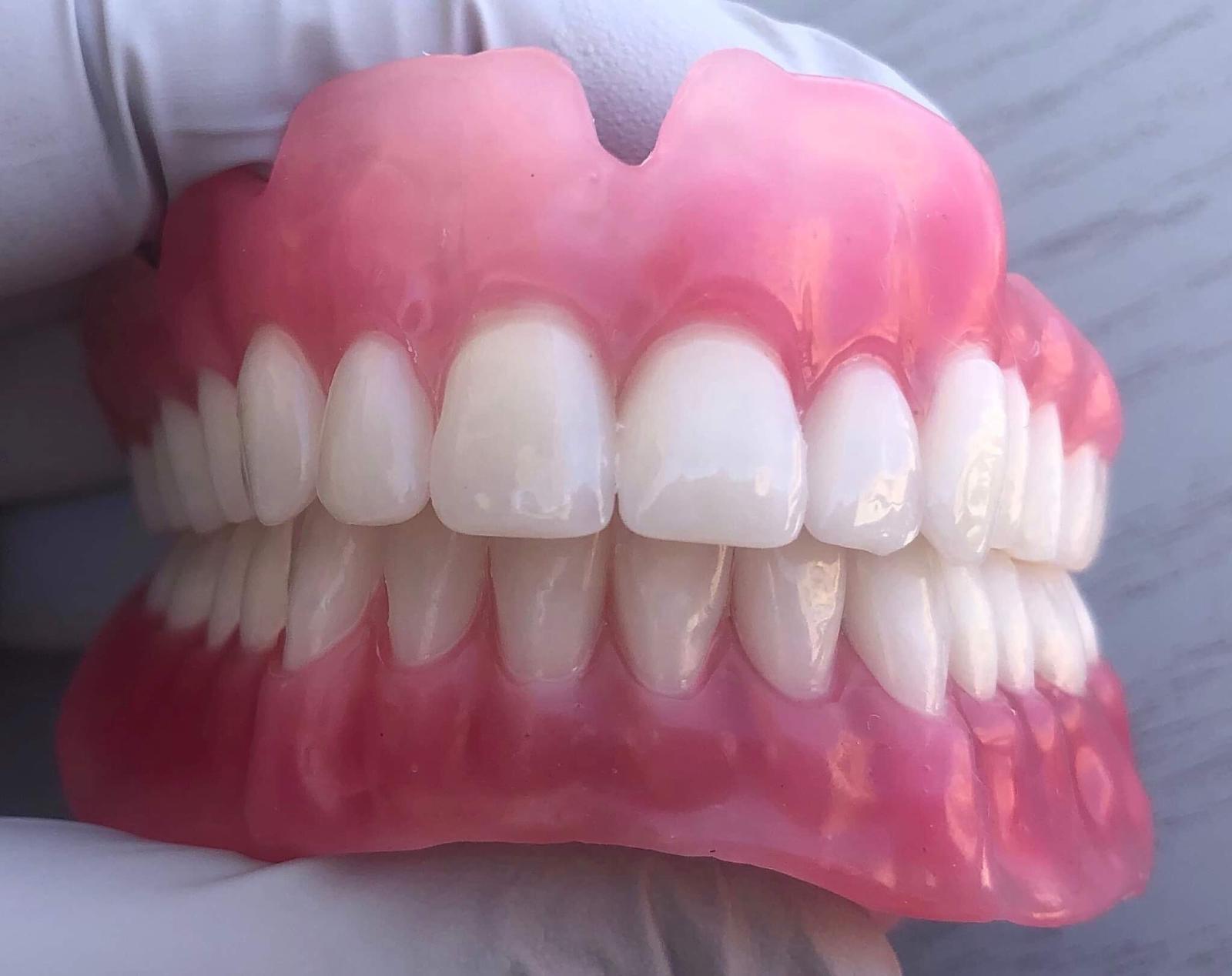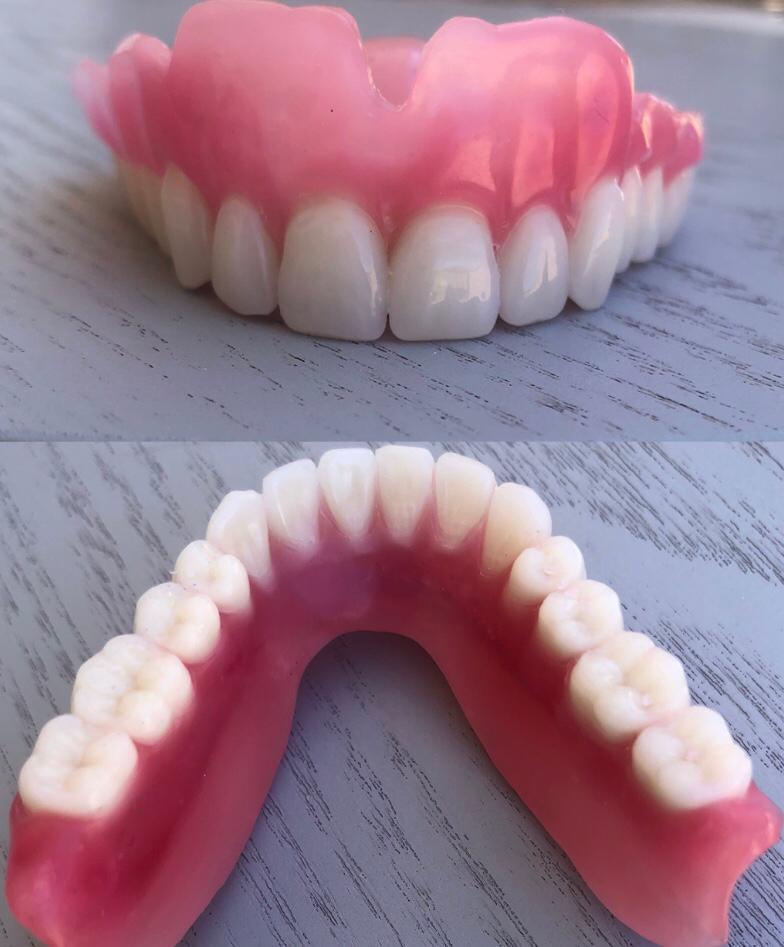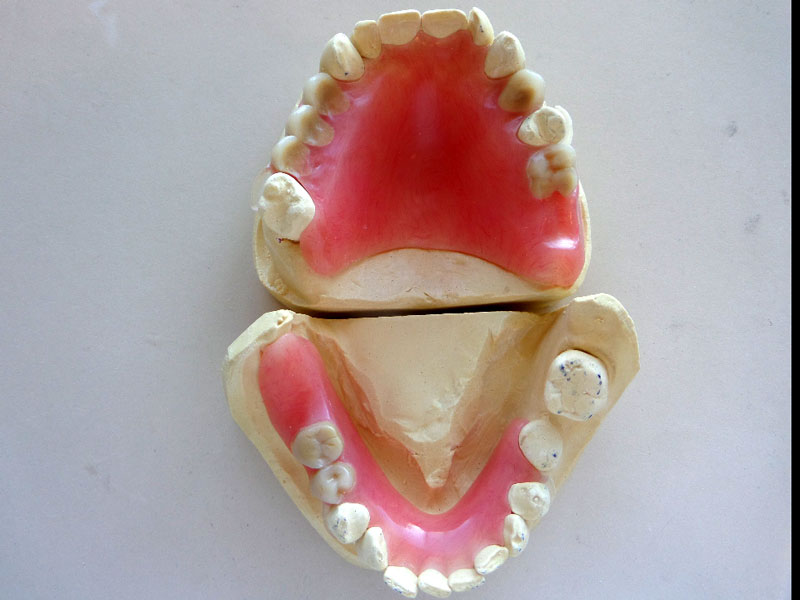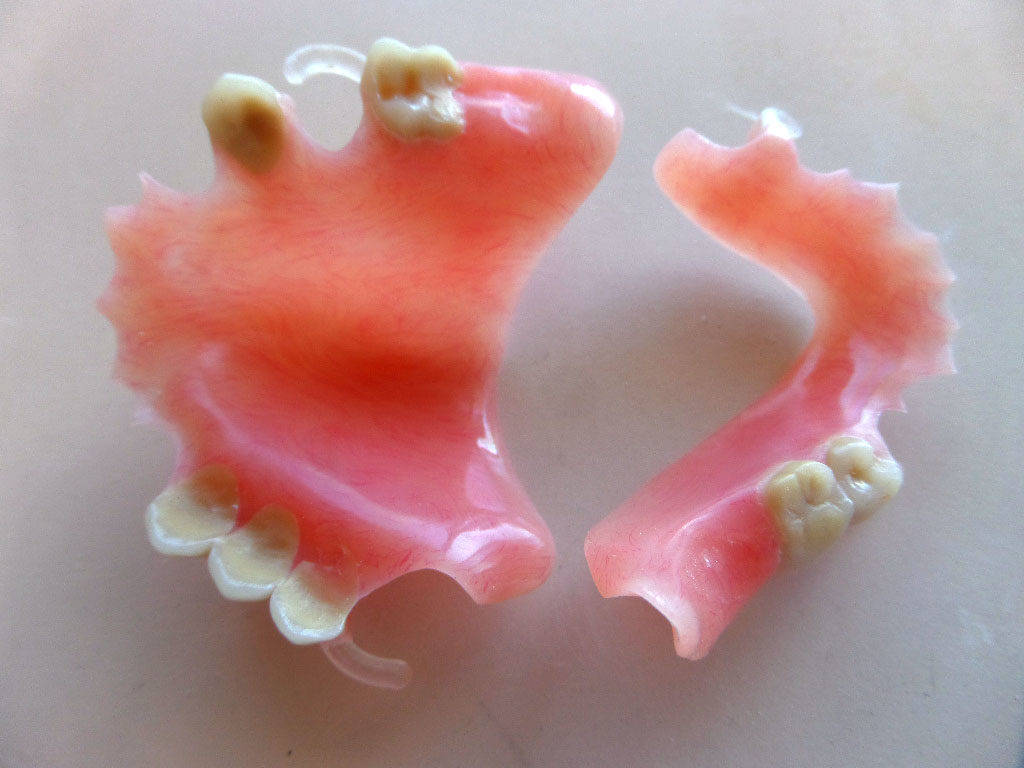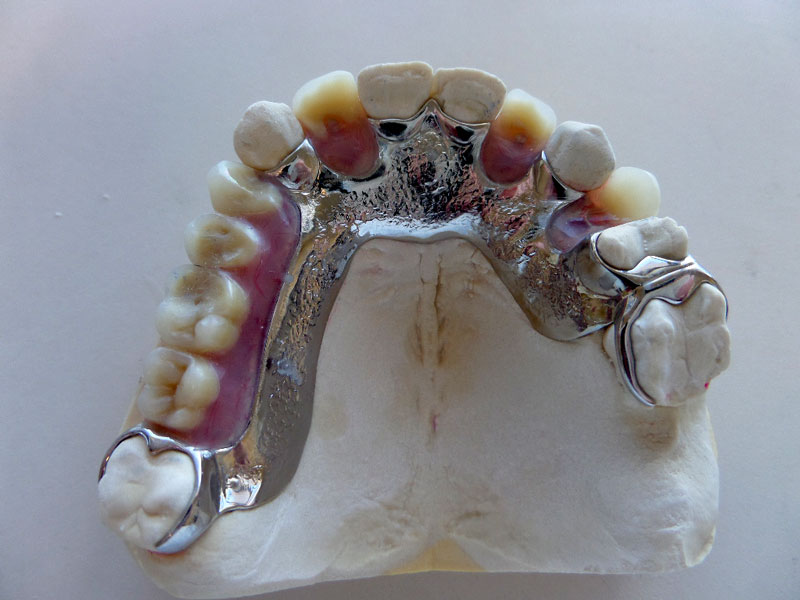New Dentures
Restoring your best smile
Align Dentures specializes in providing new dentures that combine aesthetics, function and fit with personalization to create a winning smile that you will be proud of.
Getting a new denture
The process of making a new set of dentures starts by taking a series of impressions or molds of the oral tissues that will support the denture with a set of stock impression trays, we then will use these impressions to make models of your mouth.
The prosthetist will then start making the dentures on these models and transferring them to the patient’s mouth at each step to ensure proper fit, establish a proper bite, and ensure that the appearance and aesthetics of the denture are desirable.
The patient will generally need to be seen by the prosthetist once a week for about 4 to 5 weeks until the denture is complete.
The patient may need to return occasionally during the first month after the denture has been fitted to have adjustments made as the soft tissue may rub against the hard acrylic in some areas where there is movement.
All work is carried out in our premises at Ocean Reef by our owner and dental prosthetist Ken Munnik.
Types of dentures
Full dentures, or complete dentures, are a removable prosthesis that is custom made, to replace missing teeth thus they can help return your chewing function, fill out your appearance, and leave you feeling more confident to smile.
The traditional full denture is held in the mouth by forming a seal with the gums. The denture teeth and base are normally made from acrylic.
Partial dentures can either be made with a plastic/acrylic base or a metal framework that supports the number of teeth that need to be replaced. It is held in the mouth by using clasps and rests that are carefully adapted around the natural teeth. The partial denture that uses a metal framework is the traditional design, due to the rigidity and strength of the metal. Recently, however, various materials such as Thermoplastics have been developed to provide durable, flexible alternatives in certain situations.
This type of denture is made before the teeth are extracted and is put in place the day the teeth are removed. It doesn’t fit the bone and gum tissue as intimately as a conventional denture, so it requires more adjustments/ relines during the healing stage. An immediate denture is best used as a temporary appliance until a conventional denture can be made after all the tissue and bone healing is complete.
Plastic partial dentures have normally been used as emergency or temporary replacements of missing teeth, allowing the gums and bone to heal before a definitive restorative solution is attained.
An implant retained overdenture is used when a person doesn’t have any teeth in the jaw, but has enough bone in the jaw to support implants. These dentures have special attachments inserted into the denture that snap onto locators on the implants.
Implant retained overdentures usually are made for the lower jaw because regular lower dentures tend to be less stable causing more problems due to movement and usually need at least two implants for support placed in the front area. In most cases, the attachments on the implants are ball-shaped (the “male” attachments), and they fit into sockets/locators (the “female” attachments) using replacement resilient caps in the denture.
A regular denture made to fit an upper jaw is normally more stable on its own and doesn’t need the extra support offered by implants. However, you can have an implant-supported denture in either the upper or lower jaw.
You still need to remove an implant retained overdenture daily to clean the denture and gum area, maintaining proper hygiene is vital to the success of an overdenture, helping it last longer and function properly. As with regular dentures it is recommended that you should not sleep with the implant retained dentures at night.

